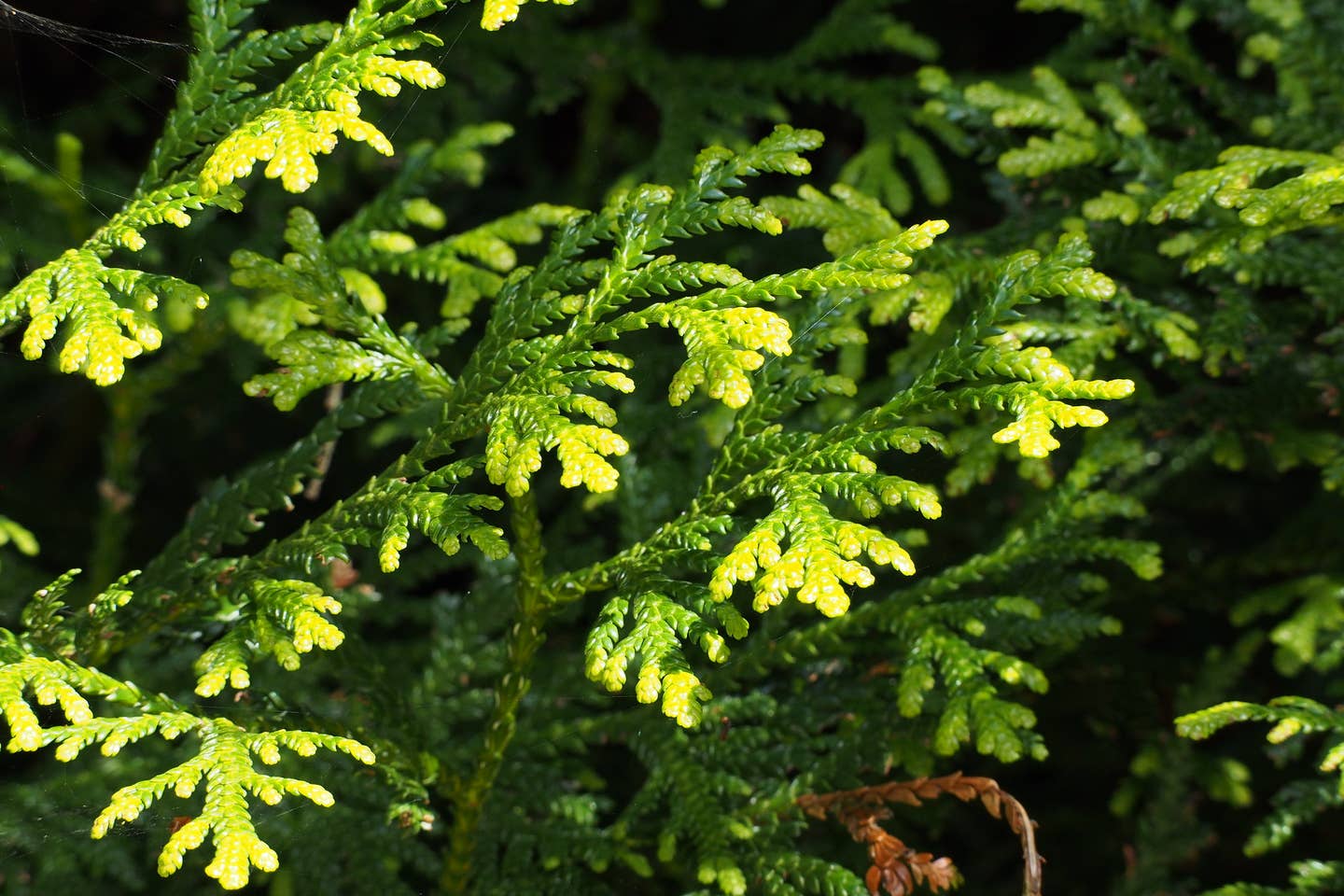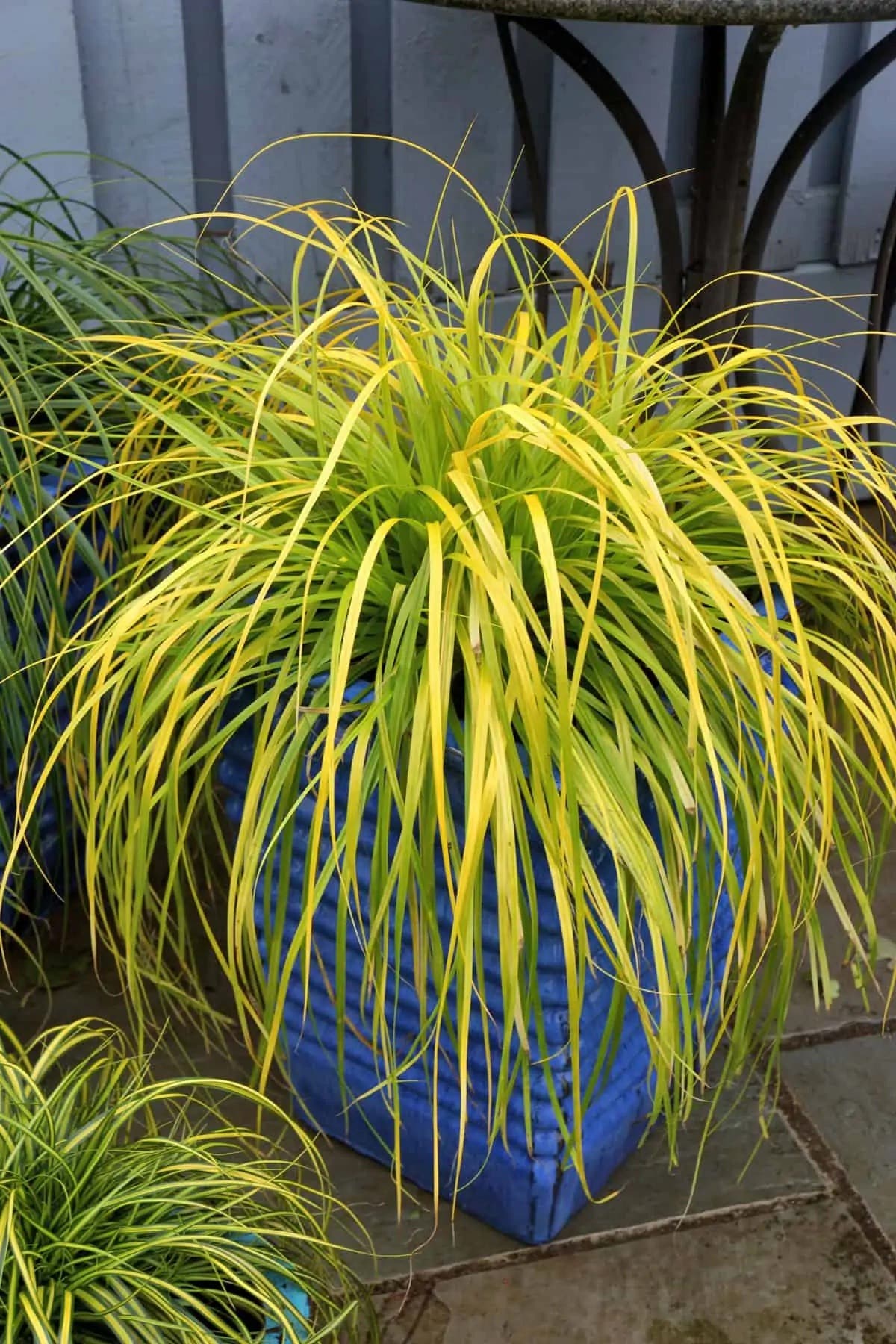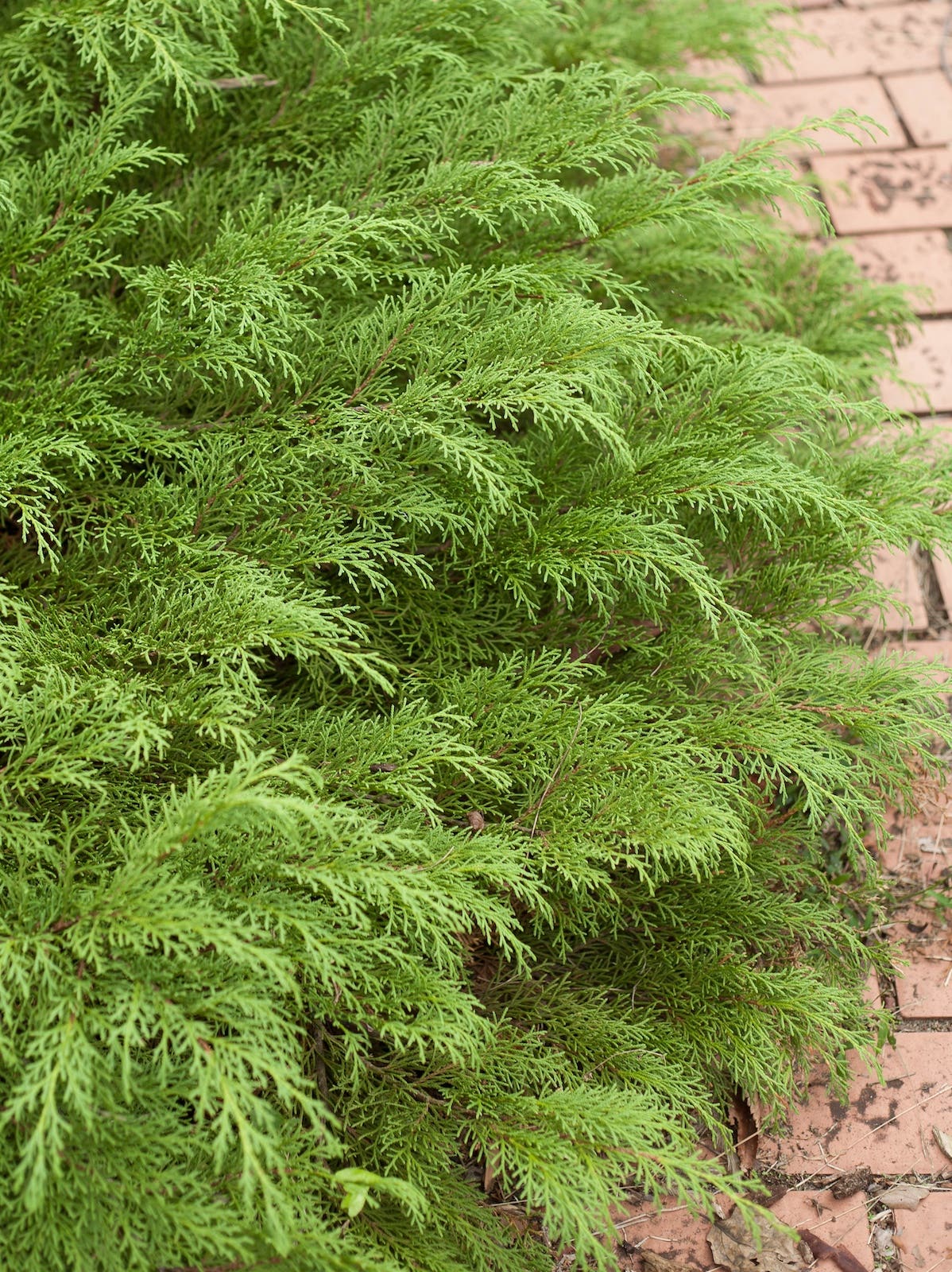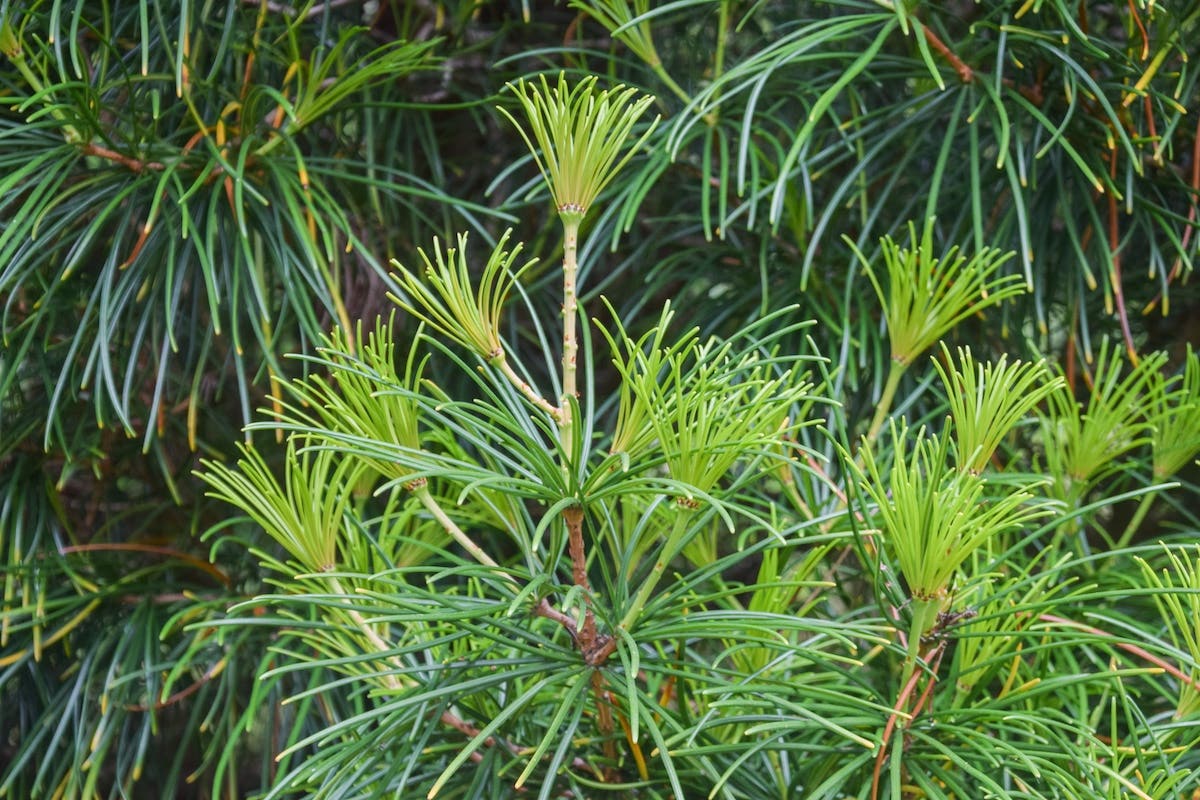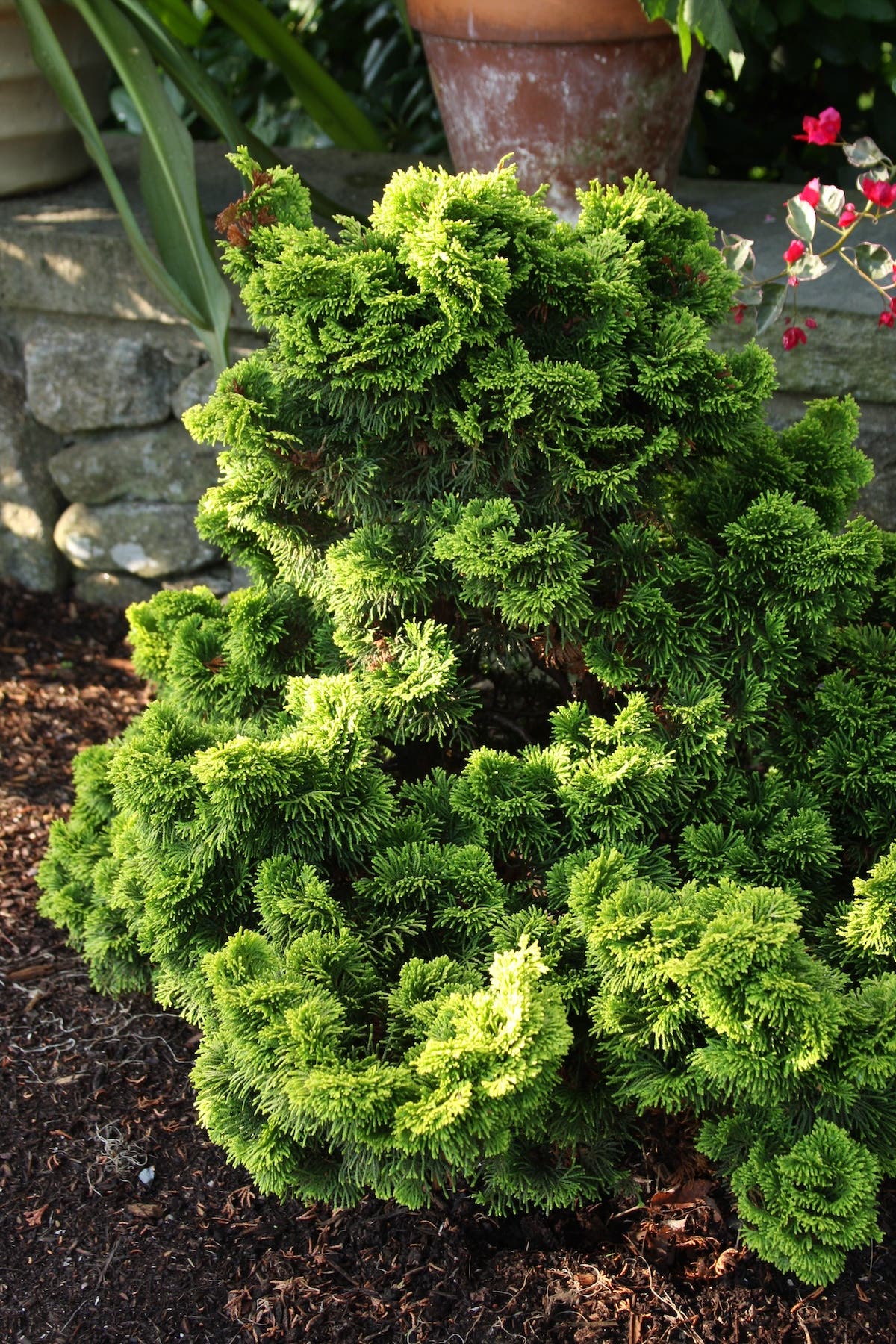Vegetable Plants That Give You Something to Replant
Perpetual vegetables—these are the vegetables that, although they don’t automatically come up each year, will provide you with what you need to continue to harvest season after season without having…
Perpetual vegetables—these are the vegetables that, although they don’t automatically come up each year, will provide you with what you need to continue to harvest season after season without having to buy anything new.
The most common example of this is garlic. What you plant are the separated cloves. So, when you harvest your garlic choose a few of the best bulbs to replant at the right time. Here in USDA Zone 5/6, we harvest at the end of the summer and replant in the fall. By choosing the best cloves to replant, your harvest will stay strong and healthy year to year.
Most people have seen a potato from the grocery store start to sprout as it got older. Each one of those you see would grow into a plant, producing about a handful of spuds each. You can replant potatoes that are left from the previous growing season the following spring. It may be difficult to do, but try to keep a few of your best potatoes for regrowing. The down side with such potatoes is that they are not specifically ‘seed potatoes’, meaning they were not grown to be disease resistant. If blight is not an issue in your area, go ahead and give it a try.
Most sweet potatoes that you buy in the grocery store are treated with a chemical to prevent them from budding, but if you grow your own organically, you can regrow them for years. Sweet potatoes sprout what are called ‘slips’ which grow into the beautiful vine pictured above. You can grow these slips by placing a sweet potato in water or soil. We have personally found we do better planting the whole sweet potato in soil when it begins to sprout. Since this crop really loves warm weather, the vines are grown indoors with the houseplants until the right time for replanting.
This year we are also trying growing ginger for the first time. It takes almost a year to produce, and loves warm weather, so will be spending most of the time in the house. The particulars of how to grow it, and all these vegetables, can be found on my blog.
A big craze on the internet now is people regrowing vegetables from the root ends of produce they already harvested or purchased. The most common examples are onions and scallions, leeks and celery. I did see one claim about cabbage, but only one so far. Just to see, I did try two leeks. One started to grow but didn’t last long. I had better success with the celery. I’m thinking that rather than spending money this year on celery transplants, I might just buy some organic celery. I can cut off all but the bottoms and dehydrate the stalks and leaves. Then I’ll replant the root ends outside. It would a gardening BOGO.
Gardening Jones is a master gardener in Pennsylvania. Learn more atgardeningjones.com/blog.
___________________________________
Make you vegetable garden sustainable with The Vegetable Gardener's Guide to Permaculture.
Make your vegetable garden productive all year, no matter your climate, with The Year-Round Vegetable Gardener.


